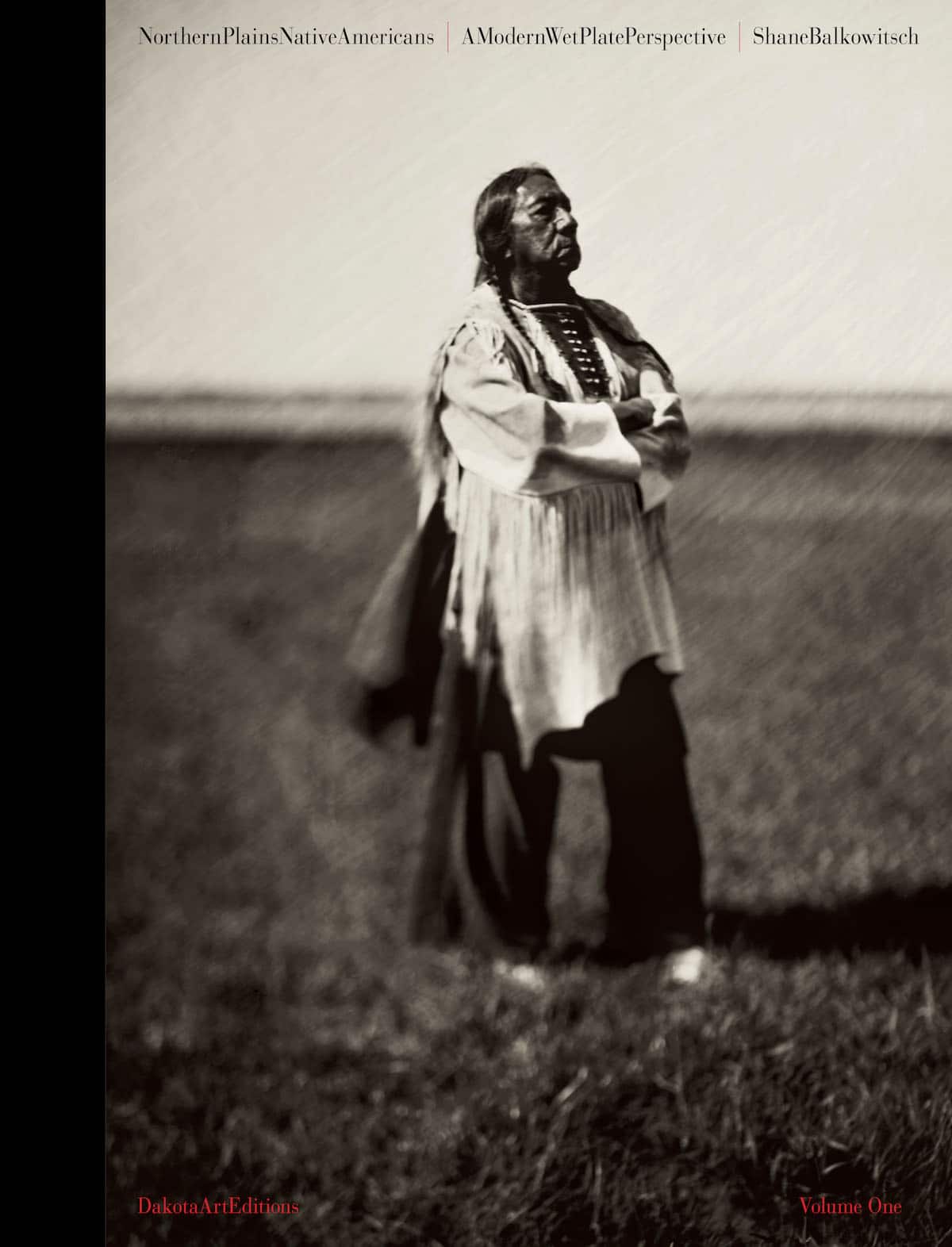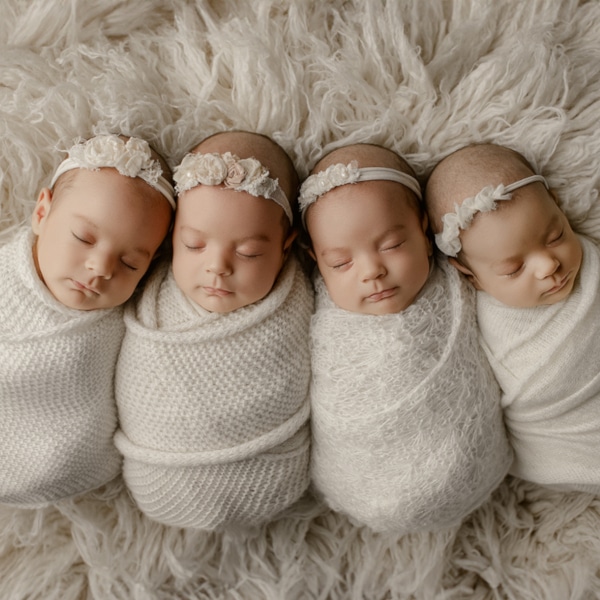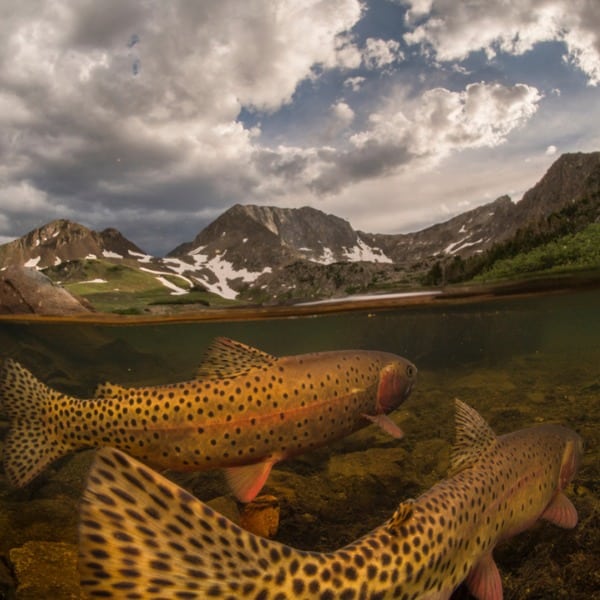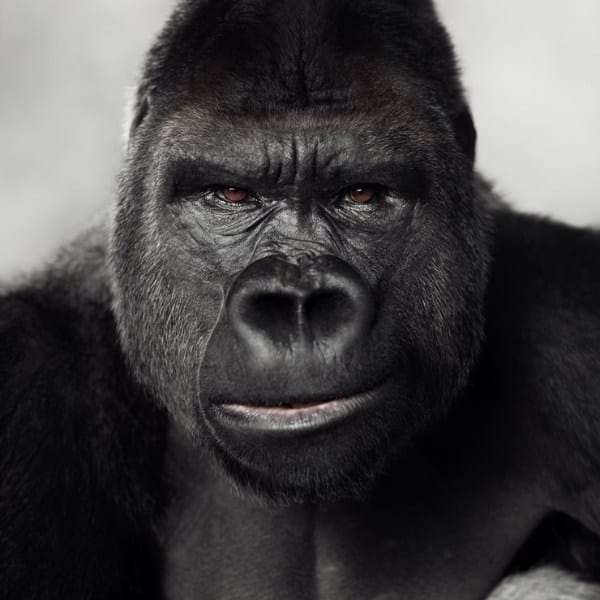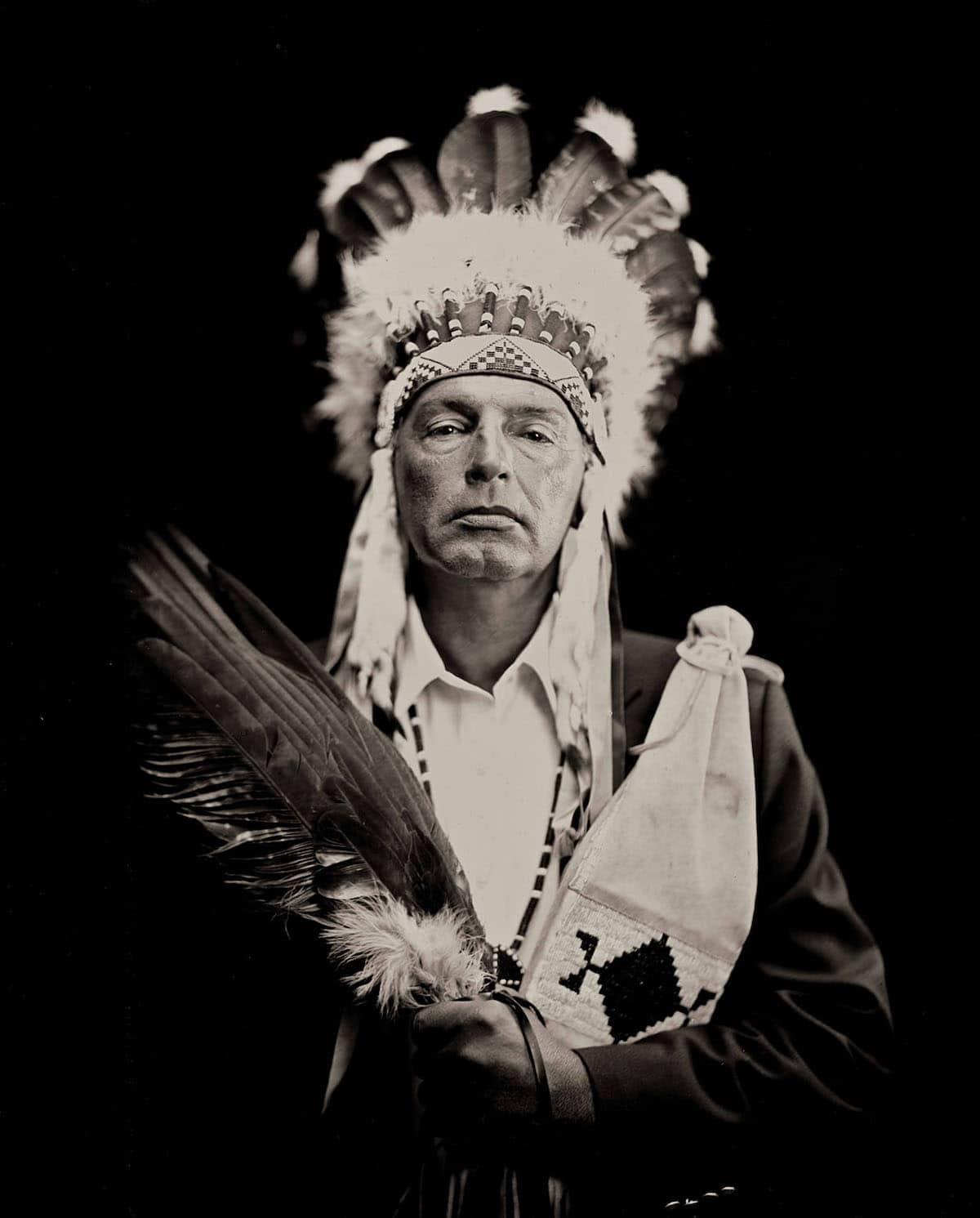
“Buffalo Horse” Joe Dunn (7 July 2016, Plate No. 1930)
This post may contain affiliate links. If you make a purchase, My Modern Met may earn an affiliate commission. Please read our disclosure for more info.
Inspired by the great historic photographers of yesteryear, Shane Balkowitsch has focused his artistic practice on taking wet plate photographs. Eschewing modern cameras, the only piece of photography equipment the North Dakotan uses is his wet plate camera. And it's with this technique that he has been able to document the rich local culture of Northern Plains Native Americans.
Following in the footsteps of early 20th-century photographer Edward Curtis, Balkowitsch is dedicating his life to immortalizing 1,000 Native Americans through wet plate photography. In his Bismark studio, Balkowitsch captures the spirit of his sitters. Dressed in traditional regalia, each model shows the pride and strength that defines their culture.
In keeping with the spirit of analog photography, Balkowitsch intends to publish four volumes of his portraits. Each publication will contain 50 of his best portraits as testimonials to the rich history of Native Americans in North Dakota. Through these intimate portraits, we are not only reminded of the great Native American culture that defines North America, but we also get a glimpse into Balkowitsch's skill as a photographer.
Given the nature of his work, it should come as no surprise that he has cultivated deep, meaningful relationships with many of his sitters. In fact, he has even been given his own Native American name in a formal ceremony. The give and take of portrait photography is evident in words written by Dakota Goodhouse of the Hunkpapha Lakota Tribe as he describes the experience of seeing his wet plate portrait come to life.
“It was like watching the Northern Lights dance in the sky. It was like watching someone emerge from a morning fog. It was like watching smoke rise and dissipate in the sky. It was like watching the vapors of one’s breath on frosty glass. It was more than looking in the mirror and seeing a reflection,” he writes in the foreword to Balkowitsch's book. “It was more than looking at a painting and recognizing one’s self. It was like a dream and that self-recognition woke something inside me. I could understand in that one moment what it must have been like for relatives to have had their portrait taken as a wet plate long ago.”
Northern Plains Native Americans: A Modern Wet Plate Perspective Book (Vol. 1) is available for pre-order. A special artist edition, which is limited to 1,000 copies and will be signed by the author, is currently available for sale.
We had the opportunity to ask Balkowitsch about his inspiration for the project and his love for wet plate photography. Read on for My Modern Met’s exclusive interview.
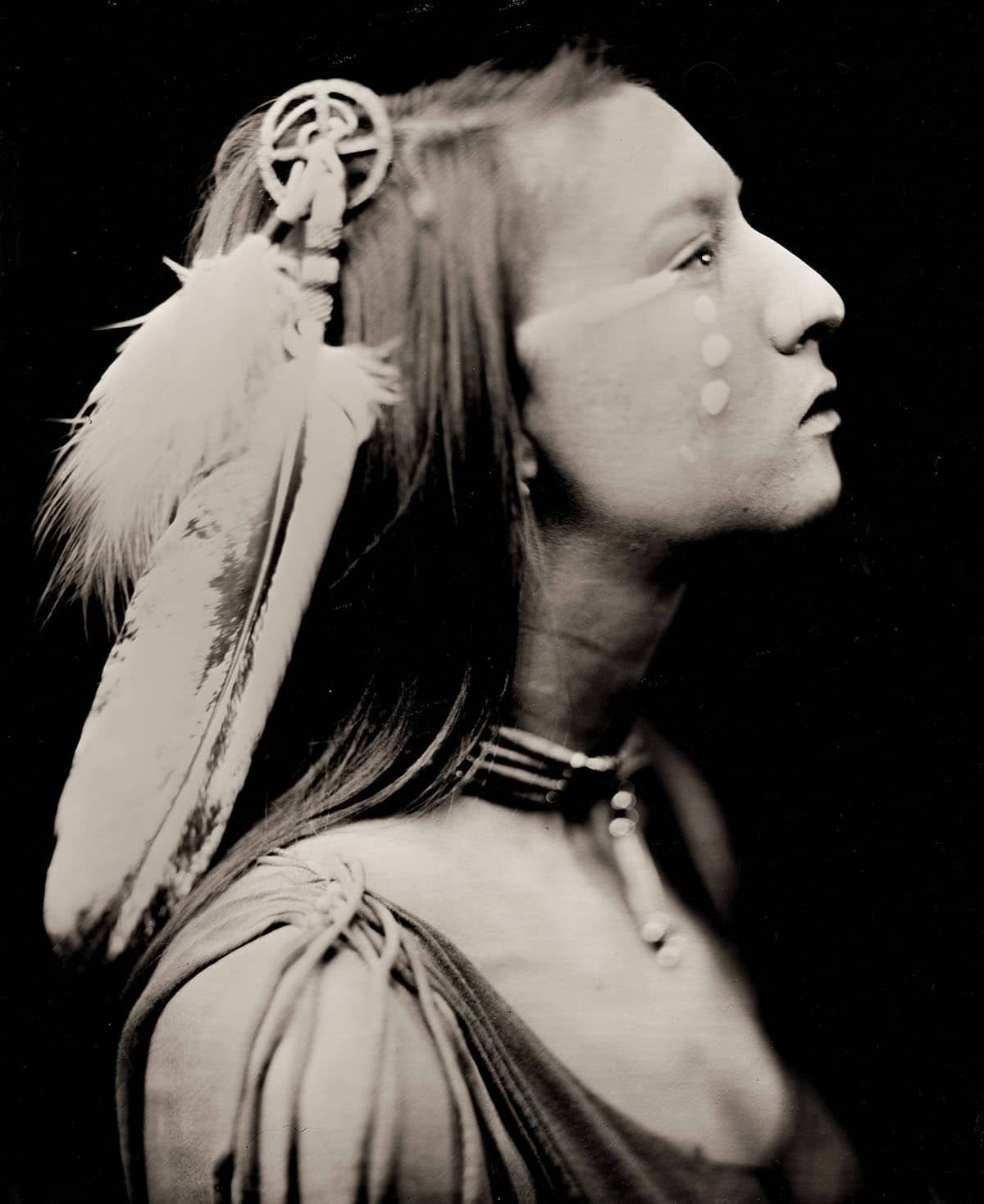
“Yellow Paint Woman” Shayne Alexandra Reeves, Mandan Hidatsa Arikara (14 July 2017, Plate No. 2382)
What first attracted you to wet plate photography?
I was never a photographer and never owned a camera until 2012. I saw a wet plate online and I was drawn to it. Within 45 days I had made my first plate with no photographic experience whatsoever. In fact, to this day my only camera is my wet plate camera.
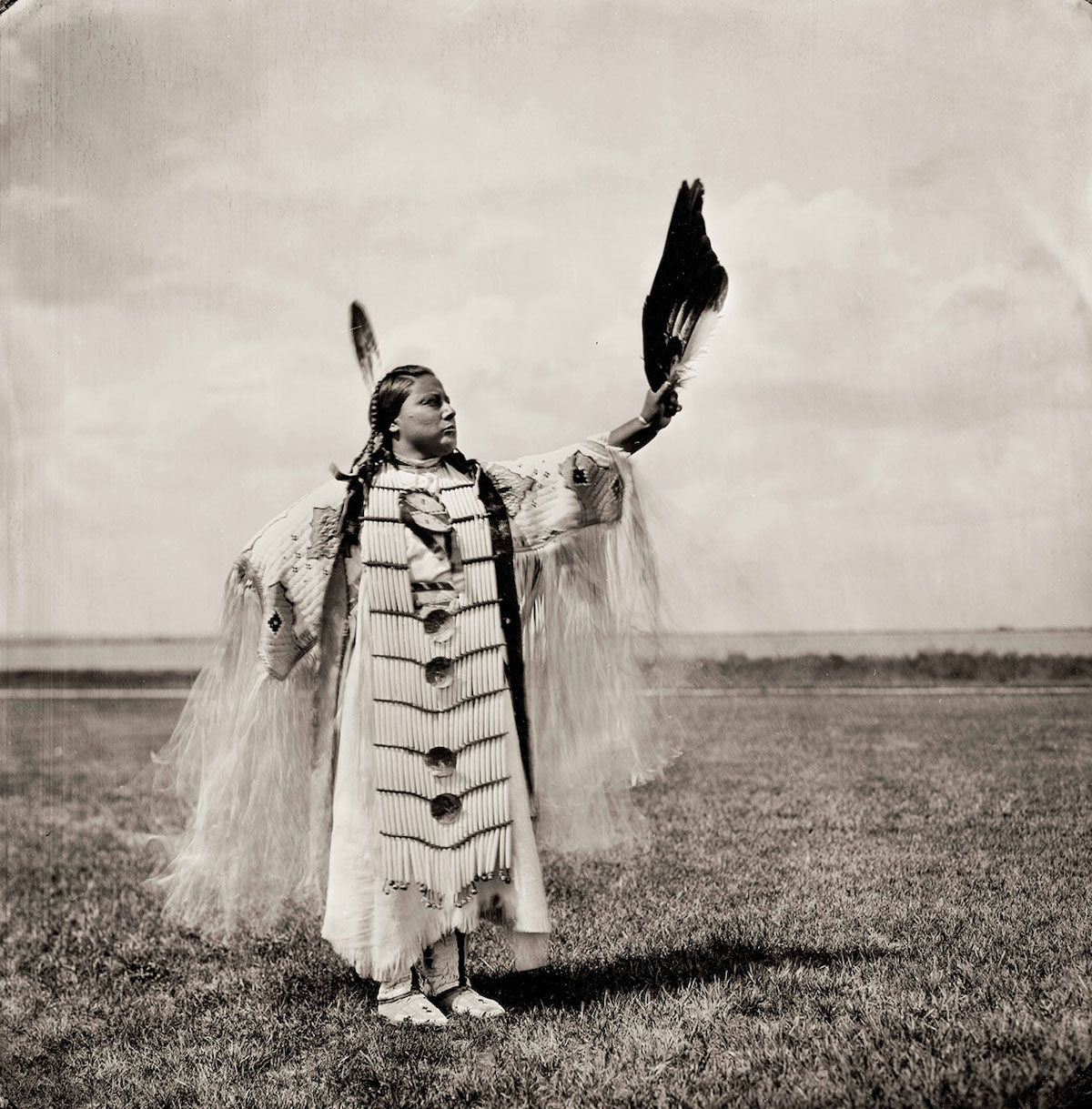
“Beautiful Evening Star Woman” Margaret Yellowbird-Landin, Sahnish Hidatsa Assiniboine (9 August 2017, Plate No. 2419)
How do historic photographers like Edward Curtis inspire or inform your work?
I am very familiar with Edward Curtis and the 40,000 Dry Plates that he took at the turn of the 20th century. In fact, I own a reproduction of his 24 volumes in my studio. If it was the original it would be worth in excess of $3 million dollars. In my opinion, what Curtis did is the largest photographic achievement of all time, second to none. Curtis gives me a glimpse into the Native Americans a hundred years ago and I hope my work gives people a glimpse into Native Americans in this time. I think Curtis would be smiling down on me knowing that Native Americans are continuing to be here with their heritage.
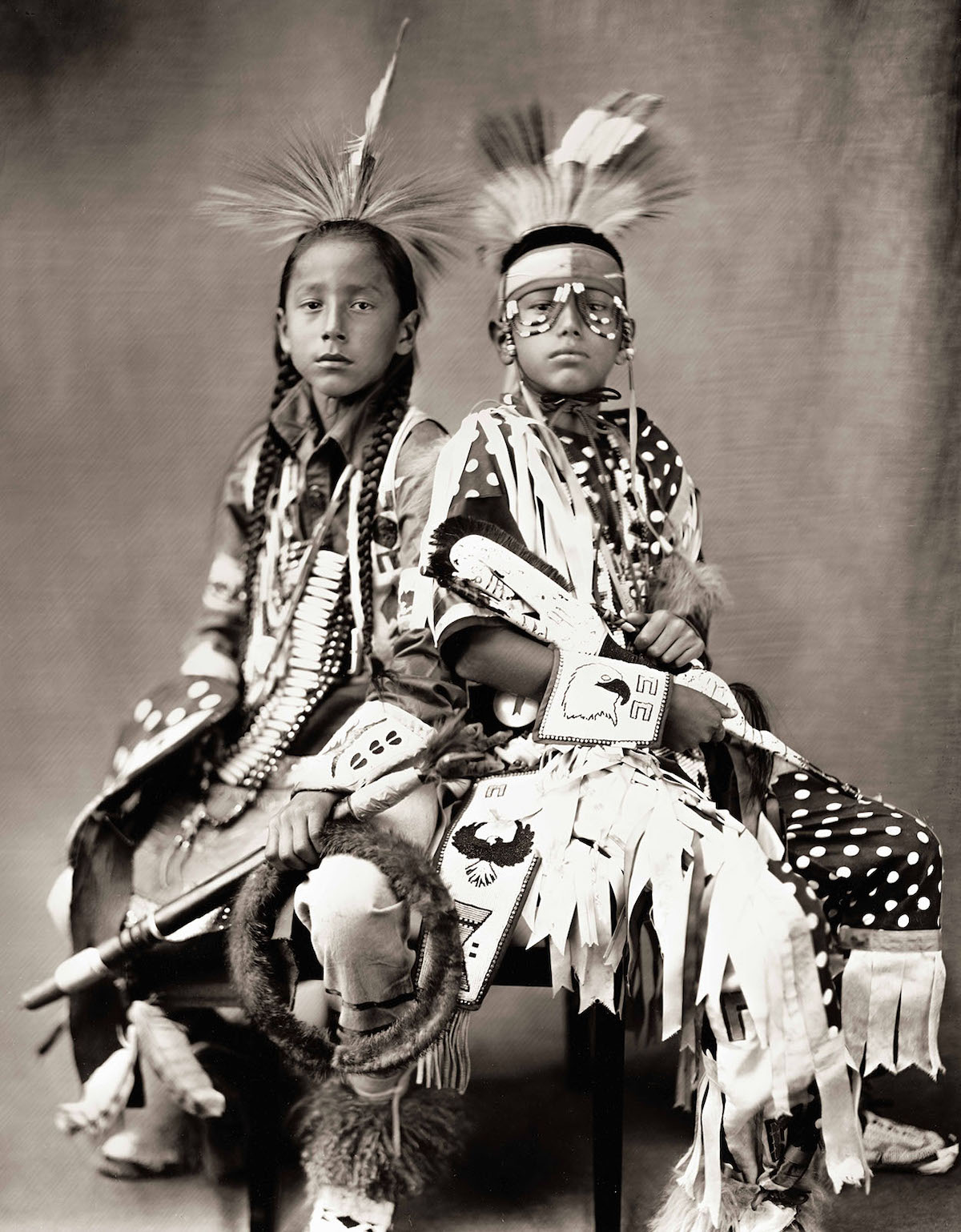
“Eagle Dancer and Standing Rock” Synsir and Jayceon Fog in the Morning, Crow Hidatsa Hunkpapa Lakota Dakota, (September 2018, Plate No. 2887)
What was the inspiration behind your portraits of Native Americans?
My first Native American photograph was of Ernie LaPointe the Great Grandson of Sitting Bull. I had learned that Orlando Scott Goff had taken the first ever photograph of the great chief right here in Bismarck.

“Brave Heart Woman” Floris White Bull Standing Rock Hunkpapa Lakota (22 December 2018, Plate No. 2739)
Was there always an idea to turn this into a series and book or did that come later?
After capturing Ernie’s portrait it just seemed right. It is now my life’s work and my goal for the series is 1,000 Native American portraits—all are being donated to the Historical Society.
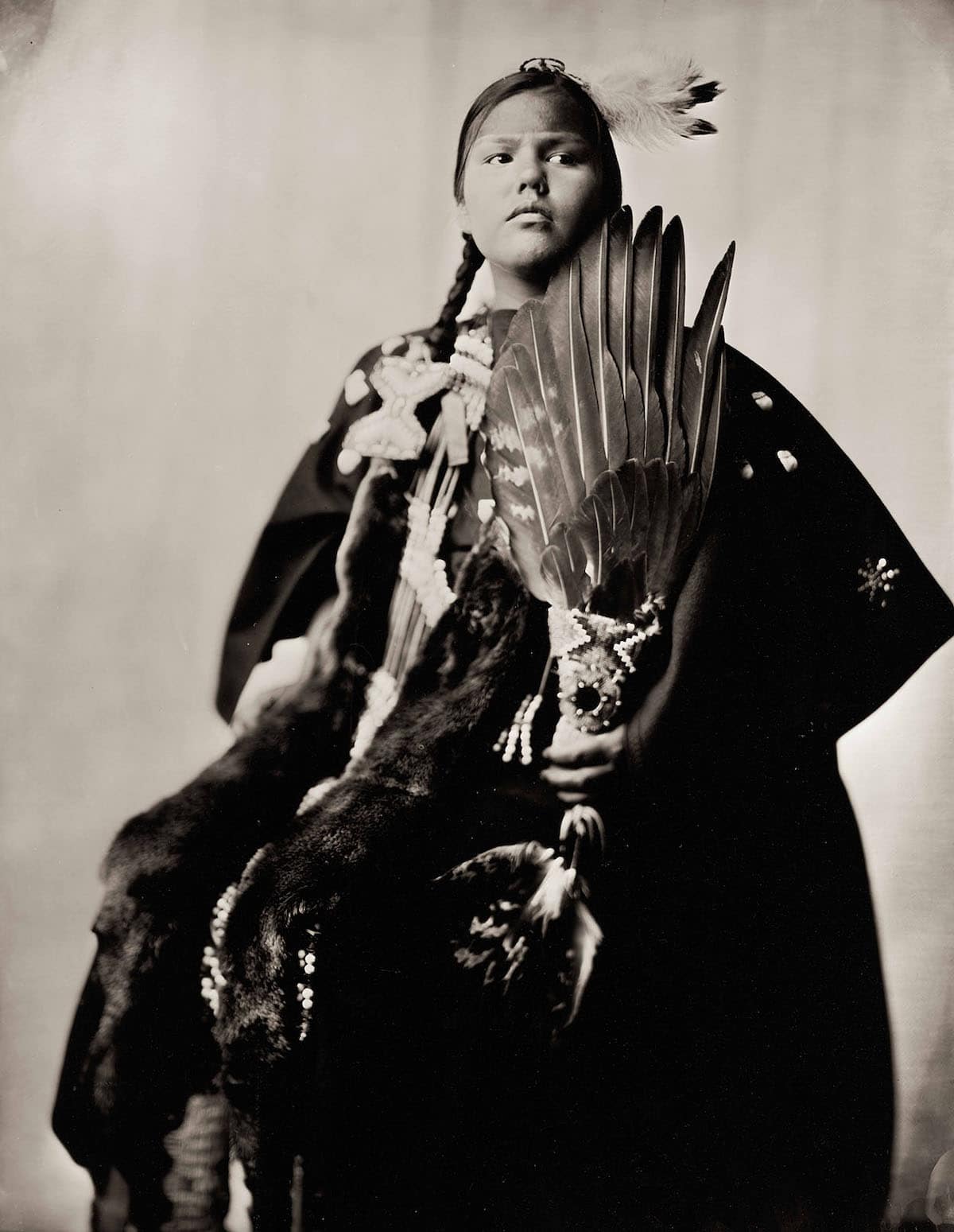
“Brings Good Winter Woman” Aliya Winter Martinez, Standing Rock Sioux (26 July 2017, Plate No. 2405)
How did you go about finding your sitters, particularly in the beginning?
It all started with Ernie LaPointe and then Dakota Goodhouse trusted me and from there it is word of mouth. I am booked out seven months for my Friday sessions.
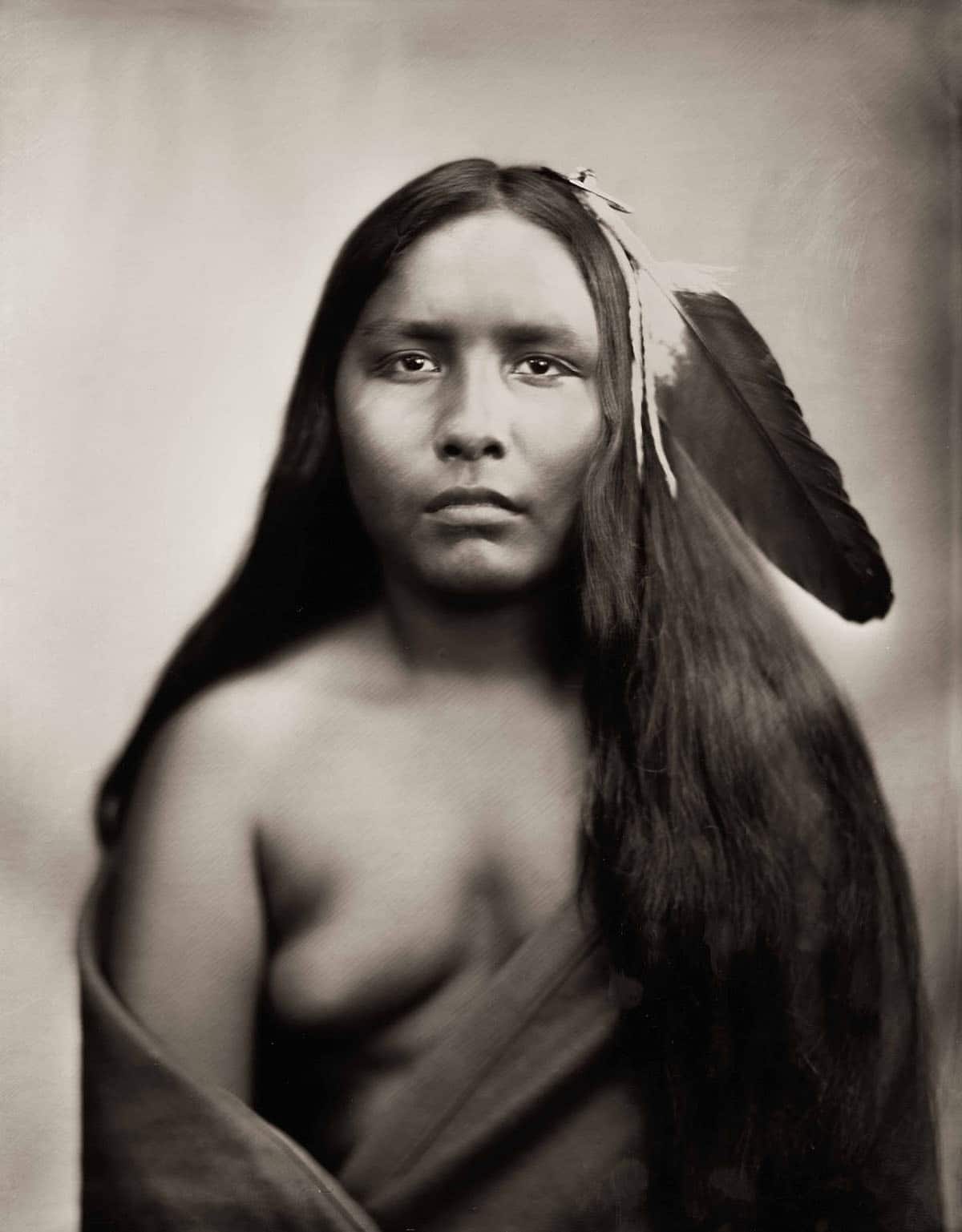
“Warrior Spirit” Elijah Landin, Arikara Hidatsa Dakota (3 August 2016, Plate No. 1943)
Wet plate photography is quite a different process than the typical photo session your average person might be used to. How did your models respond to the process?
This is the most romantic photographic process that has ever been created. The images are pure silver on glass and will last 1,000 years unbroken. The sitters must endure 10-12 seconds of exposure in my natural light studio—you can see a picture of it on my website. I am not actually taking a photograph of my sitters, but a 10-second movie, there are heartbeats, a couple of shallow breaths, all captured on the plate.
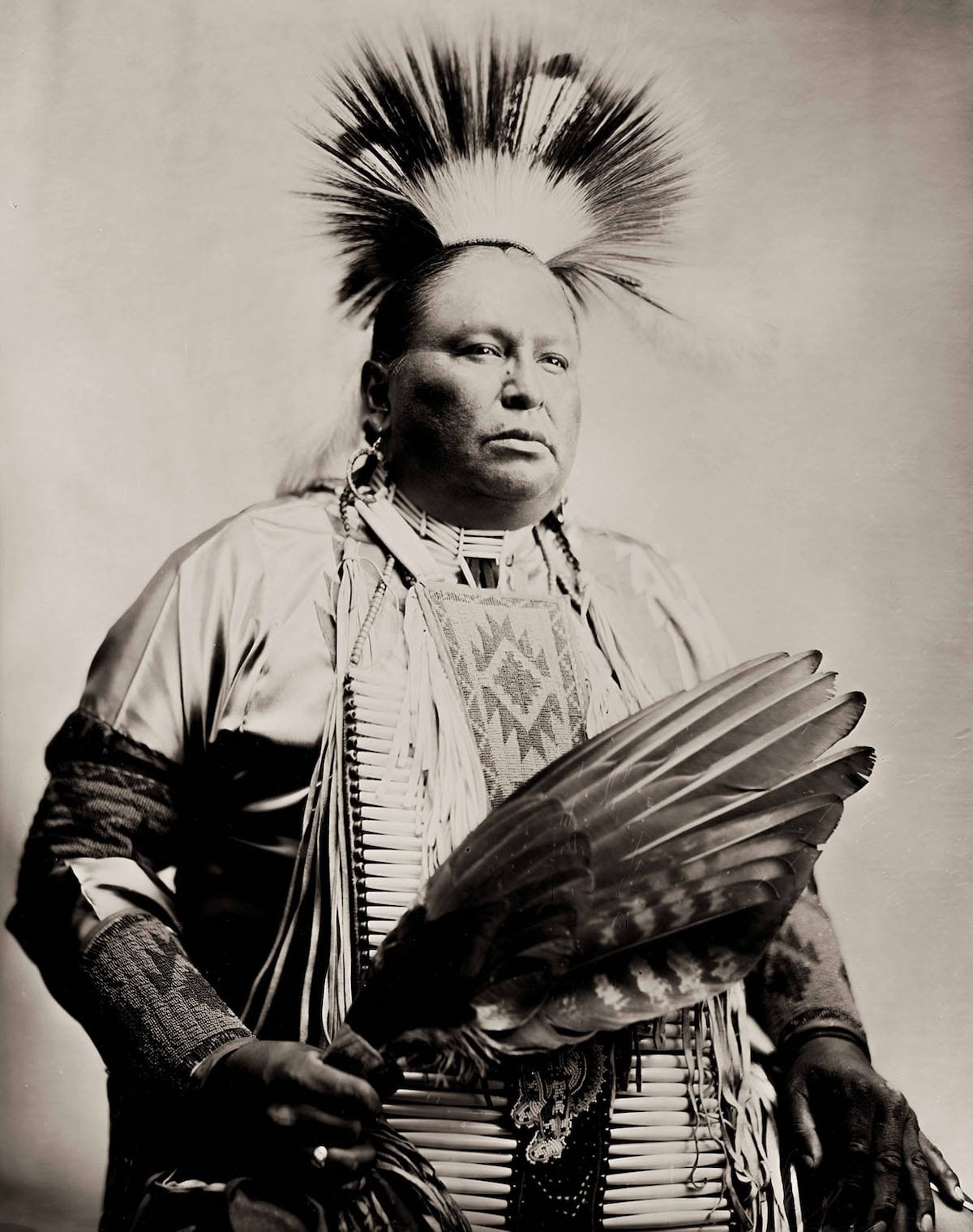
“Sending Elk” Steve Yellow Earrings Standing Rock Sioux 9 September (2016 , Plate No. 2035)
What were you hoping to document through this series?
All I want to do is document history. We need to remember that history is not always about something in the past, but it is the present as well. 150 years from now, my work will be considered history and we need to tell that story. In this digital world, things are going to get lost and are not going to get transferred to the future, [but] not a wet plate—it is analog and analog is king.

“Running Elk” Calvin Benjamin Grinnell, Mandan Hidatsa Arikara, (September 2017, Plate No. 2873)
What surprised you most during the project?
The embrace of the Native American community. In fact, this last October I was given the name “Shadow Catcher” by the Hidatsa elder Calvin Grinnell in a formal ceremony in my studio—the largest honor of my life.
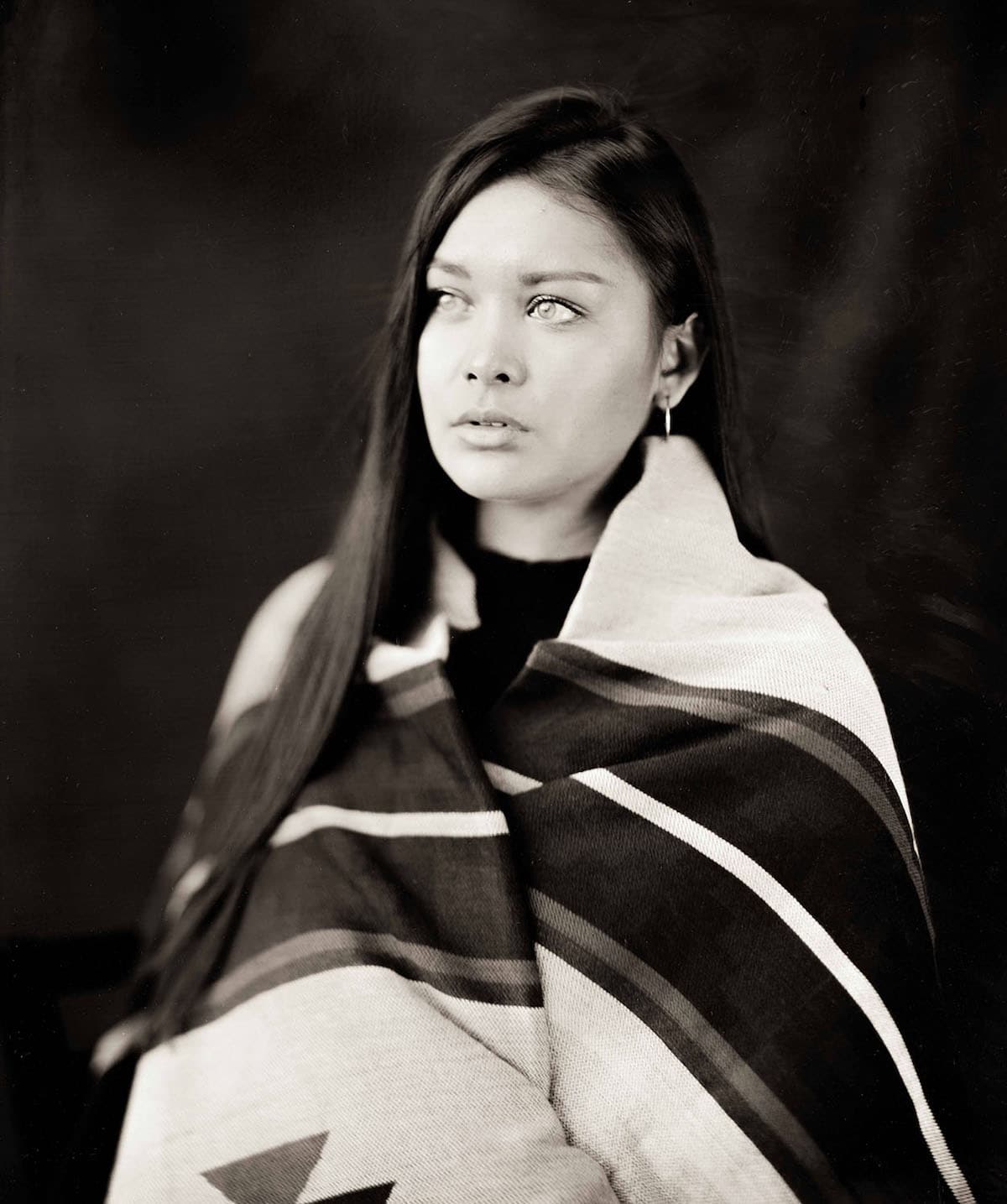
“Eagle Woman” SaNoah Solange LaRocque Turtle Mountain Band of Chippewa (28 September 2018, Plate No. 2901)
Can you share a bit about the creative process behind the book and making the selection of photos?
The goal for the series is 1,000 plates—every 250 plates I will be doing a book of my favorite 50 images—so there will be 4 volumes. To be honest, I am way too close to my own work to know what is best, but I have a feeling and a personal judgment about the images that I make. I used that to determine my 50 best plates for this first volume of the first 250 plates.
Volume two should happen in about two to three years. I suppose it not only has to do with the image but the story of the person in the plate as well or the personal relationship I have with them. I believe all of this helped me decide.
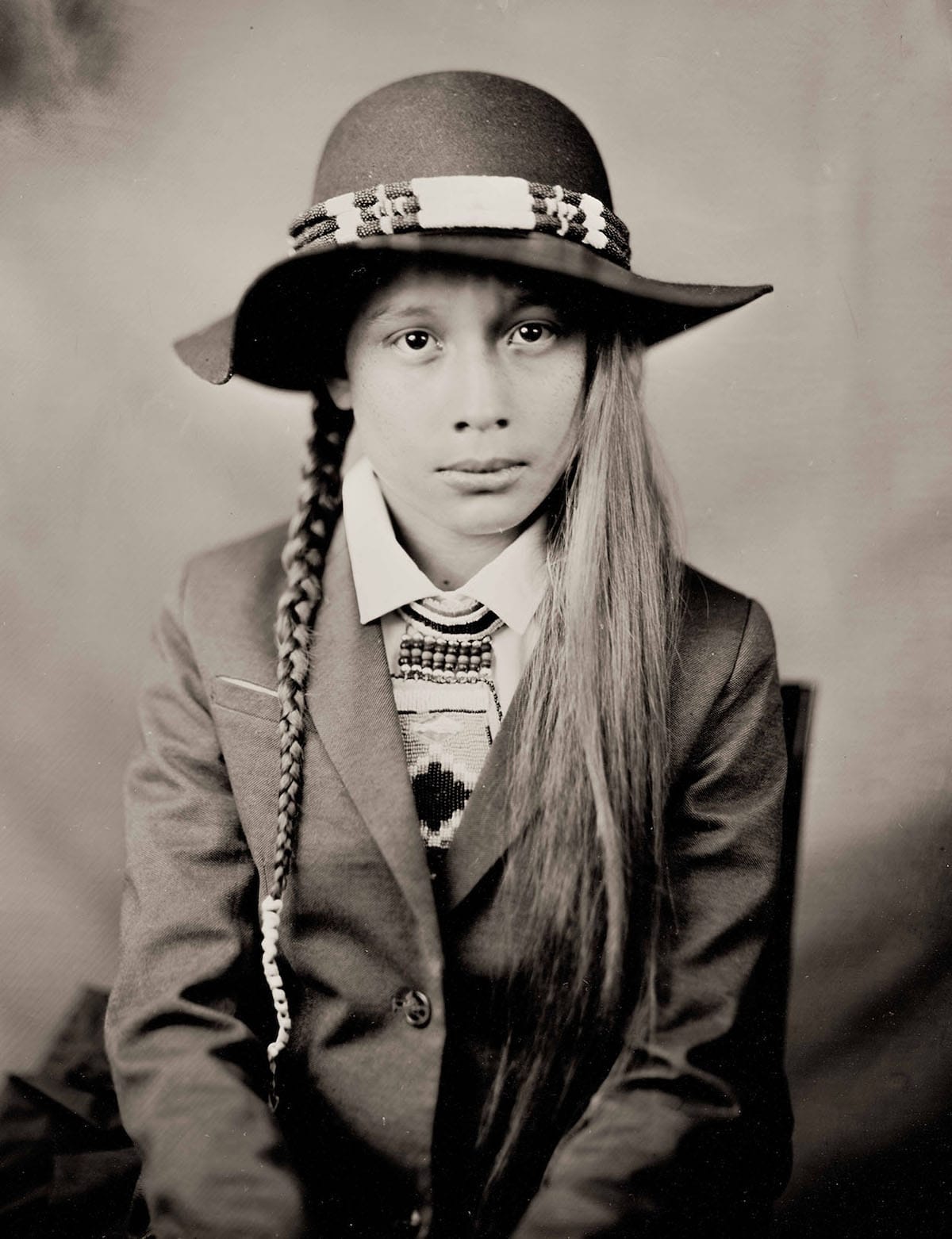
“Gravseth” Carter Daniel Gravseth Standing Rock Hunkpapa / Yanktonai (25 October 2017, Plate No. 2562)
What do you hope that people take away from the series about Native American culture?
I want people to understand that Native Americans are still here. They still have their heritage, they still have their regalia, they still have their language and song. They have endured. No matter what we have done to them, they are still here in front of us, reminding us who the first people really are.

“Two Wars” Dakota Goodhouse, Hunkpapha Lakota (31 January 2016, Plate No. 1652)
